1. Toys “R” Us
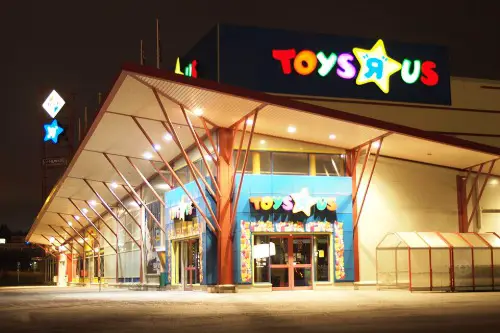
Toys “R” Us was once the place for kids and parents, dominating toy retail for decades. But by 2017, it filed for bankruptcy, citing mounting debt and online competition. What makes its closure strange is that it was actually profitable at the store level—its debt came from a leveraged buyout by private equity firms. In short, it wasn’t failing because of customers—it was failing because of Wall Street.
Even more bizarre? After liquidation in 2018, the brand sort of rose from the dead with pop-up shops and rumors of comebacks. Geoffrey the Giraffe even showed up at toy conventions, confusing everyone, according to Ben Unglesbee from Retail Dive. As of 2023, it’s made a partial return inside Macy’s stores, but it’s a shadow of its former self.
2. Blockbuster
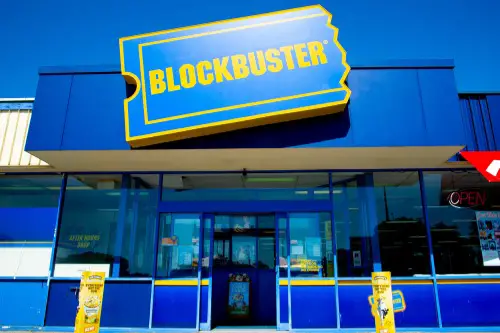
Blockbuster didn’t just rent movies—it was Friday night for millions of Americans. At its peak, it had over 9,000 stores, but Netflix and digital streaming slowly eroded its base. What’s strange is that Blockbuster had the opportunity to buy Netflix for $50 million in 2000—and passed, Greg Satell from Forbes explains. That decision turned out to be a death sentence.
Blockbuster limped along until its parent company, Dish Network, closed most of the stores in 2013. The twist? One last location in Bend, Oregon, kept going and became a tourist attraction. It even turned into an Airbnb for a brief nostalgic experience. The fact that a single store outlived the empire makes it feel like a retail ghost story.
3. Pan Am
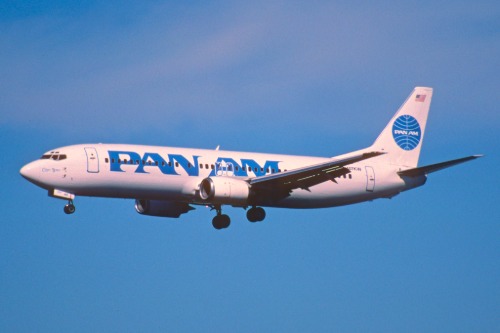
Pan Am wasn’t just an airline—it was a symbol of luxury and global travel. It helped define modern air travel from the 1930s through the jet age. But by 1991, it ceased operations entirely after a long, strange fall from grace. The real kicker? A series of missteps, including the tragic Lockerbie bombing in 1988, destroyed consumer trust.
It’s strange how quickly prestige turned to liability, Andy Ash from Business Insider shares. Despite a last-ditch effort to merge with Delta and revive its image, the damage was already done. Pieces of Pan Am still float around in pop culture and memorabilia collectors’ circles. But its sudden implosion remains one of aviation’s oddest endings.
4. Circuit City
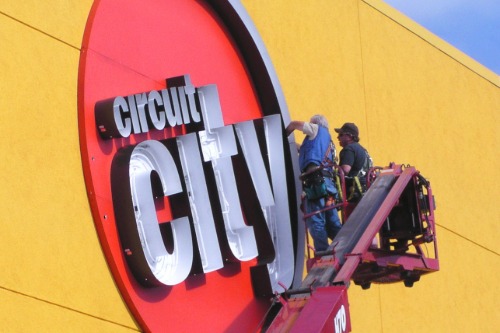
Circuit City was once a major player in electronics, even predating Best Buy. But in 2008, it filed for bankruptcy and closed all its stores by 2009, according to Peter Galuszka from CBS News. What’s weird is that they fired 3,400 of their most experienced (and higher-paid) employees just two years before—basically gutting their own expertise. That decision left stores full of clueless staff and customers fleeing.
Adding to the oddness, Circuit City was actually one of the first companies to sell HDTVs and launch an e-commerce site. But their online arm got spun off—and later became CarMax, which did succeed. After shutting down, the brand was revived online in 2016 but fizzled again. It’s a case of a company having all the tools but cutting off its own legs.
5. Borders
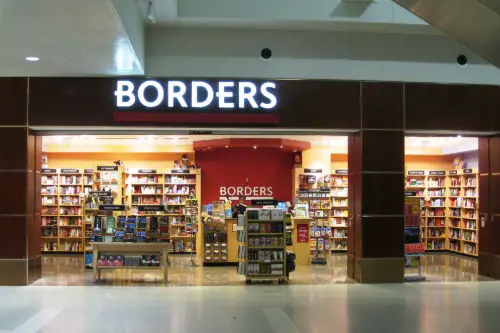
Remember Borders? It was the cool, more relaxed cousin to Barnes & Noble, and it practically invented the in-store café vibe. But by 2011, it filed for bankruptcy and closed all 399 of its stores. The strange part? Borders passed on launching its own e-reader and instead handed over its digital business to Amazon.
It was like giving the keys to your competition and then wondering why they drove off with your customers. Borders also went all-in on CDs and DVDs just as digital media was taking off. The company bet on the wrong tech at the worst possible time. Its fall feels like a self-inflicted wound wrapped in bad timing.
6. American Apparel
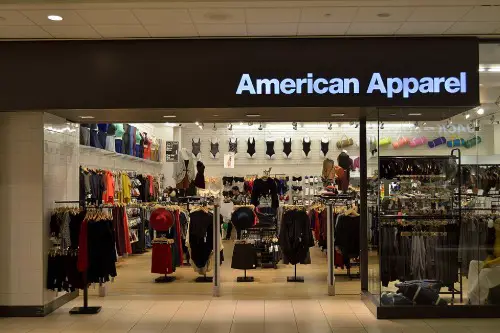
American Apparel was bold, edgy, and totally made-in-USA—a rare combo that made it stand out. But behind the scenes, its controversial founder Dov Charney created waves with lawsuits and a toxic workplace culture. In 2015, the board ousted him, and by 2016, the company filed for bankruptcy. What’s strange is that even after firing Charney, the drama kept following them.
Then things got even weirder: Gildan Activewear, a Canadian company, bought the brand but not the stores. So American Apparel went from brick-and-mortar staple to online-only ghost. Despite a mini rebrand, it lost the edge that once made it a phenomenon. It’s a rare case where a company’s soul couldn’t survive the cleanup.
7. Quibi
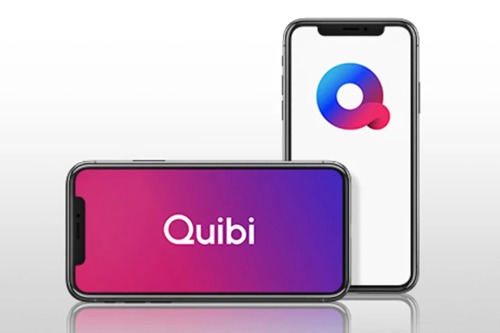
Quibi was supposed to revolutionize streaming with its “quick bites” of premium mobile content. It raised nearly $2 billion and launched in April 2020, just as the pandemic locked everyone indoors. But here’s the weird twist—Quibi’s entire model was not meant for people stuck at home. It was designed for on-the-go commuters, and suddenly, no one was going anywhere.
Despite star-studded shows and massive funding, Quibi shut down after just six months. It holds the record for one of the fastest high-profile flameouts in media history. The content was later sold to Roku, where some of it found new life. But the rise and crash of Quibi feels like watching a tech rocket explode on launch.
8. Kodak

Kodak was once synonymous with photography—“a Kodak moment” meant something. But oddly, Kodak invented digital photography in 1975 and then buried it, fearing it would kill their film business. That decision haunted them for decades. By 2012, the company filed for bankruptcy protection.
Even stranger, Kodak didn’t disappear. It reemerged selling things like printers, digital tech, and even dabbled in pharmaceuticals in 2020. Yes, the photo company tried to pivot into making drug ingredients. Its fall wasn’t just about tech—it was about a company refusing to embrace its own innovation.
9. Abercrombie & Fitch (the old version)

Abercrombie & Fitch wasn’t always the inclusive, rebranded version we see today. Back in the early 2000s, it was controversial, hyper-exclusive, and ruled by a CEO who openly said the brand wasn’t for “unattractive people.” Lawsuits over discrimination, sexualized ads, and toxic workplace stories piled up. By 2015, sales plummeted, and the CEO was forced out.
Then came the strange part: A&F started changing everything, from its image to store designs to marketing. The rebrand was so total that some fans didn’t recognize it anymore. It’s rare for a company to survive such a complete personality transplant. The old A&F didn’t exactly “close”—it was exorcised.
10. Tower Records
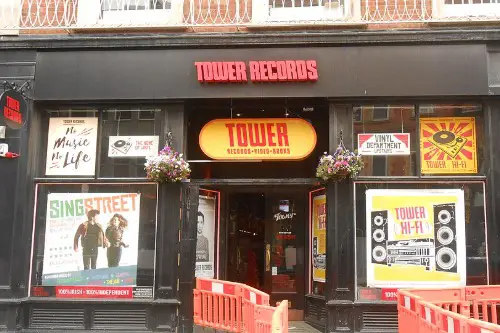
Tower Records was the music mecca for vinyl, CDs, and deep-cut finds. But in 2006, it shut down after years of struggling with digital piracy and iTunes. The weird part? Tower’s execs refused to adopt digital music sales at all, insisting people would still want to buy physical albums forever.
That decision aged terribly. Even though they had a loyal base and massive brand recognition, they just didn’t adapt. In 2020, Tower Records was quietly revived as an online store, but the glory days were gone. The original company died clinging to a fading era.
11. Fry’s Electronics
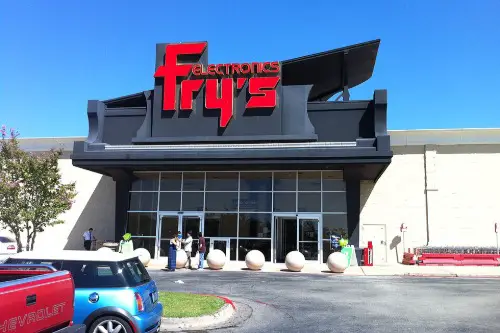
Fry’s was a beloved, quirky electronics chain where you could buy a gaming rig and a can of soda in the same trip. Each store had its own wild theme—like Alice in Wonderland or Aztec temples. But the company stopped restocking shelves years before it officially shut down in 2021. Customers would walk in and find rows of empty displays and broken demo units.
The strangest part? Fry’s never really explained what was happening. It just kind of… decayed in public. People compared it to walking through a retail apocalypse. It’s one of the most surreal retail endings of the 21st century.
12. Dean & DeLuca
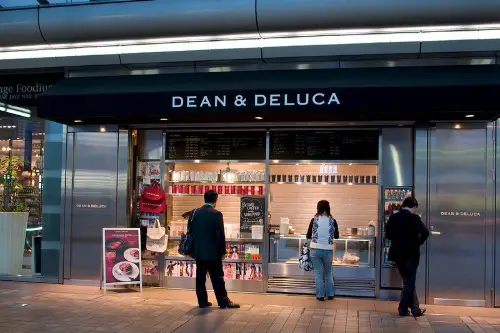
Dean & DeLuca was a luxury grocery store that helped define foodie culture before it was mainstream. With origins in NYC’s SoHo, it became a global brand known for curated meats, cheeses, and wine. But starting around 2014, mismanagement and overexpansion under its Thai ownership spelled trouble. In 2019, it abruptly shut down most U.S. locations.
Even stranger? The flagship store in Manhattan just closed without warning—no clearance sales, no big sendoff. There were rumors of reopening, and its website kept flickering online and offline. The business still exists technically, but it’s more ghost than gourmet.


